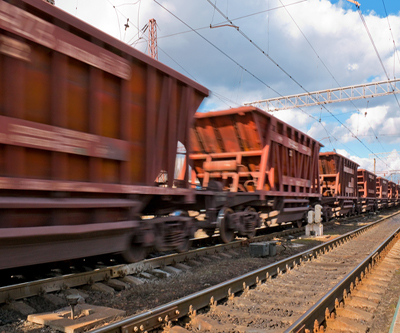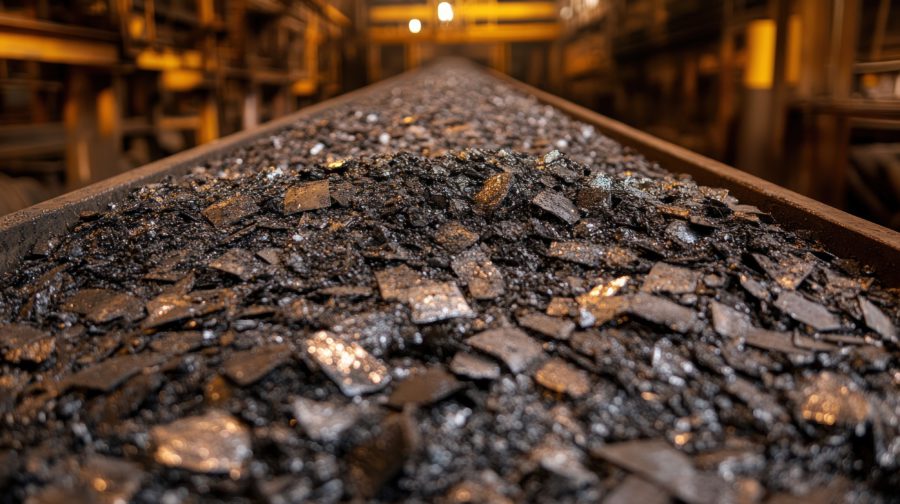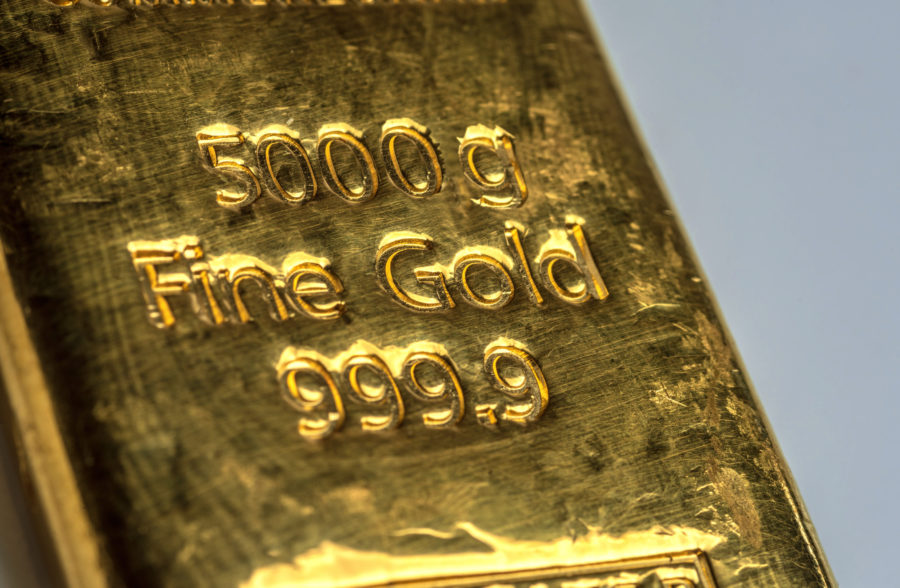‘Inexorable decline’: Iron ore price hits new low

The iron ore price pulled back once again on Thursday as news out of top consumer China further clouded the outlook for a market already flooded with new supply.
The 62% Fe benchmark import price including freight and insurance at the port of Tianjin tracked by The SteelIndex fell $0.30 or 0.5% to $61.10 a tonne on Thursday. So far in 2015 the price has fallen 16.5% following a year in which the commodity nearly halved in value.
More evidence of a slowdown in China, which consumers some 70% of the seaborne iron ore trade of 1.3 billion tonnes per annum and forges almost as much steel as the rest of the world combined, appeared this week.
The Chinese combined services and manufacturing purchasing managers’ index (PMI) indicated that activity in world’s second largest economy grew at the slowest pace in eight months.
The manufacturing sector is harder hit than services with input costs falling at the steepest rate since March 2009. The overall reading remains stuck below 50, indicating contractionary conditions, against expectations of a move back into expansion.
While weakening demand is a worry for the industry, Platts News reports the main driver in the ” inexorable” decline of the price of iron ore is the amount of material that’s available in the market, although some sources cited “the lack of weather related disruptions in key supply basins Australia and Brazil” as a contributory factor:
“There’s always tons [of material],” a source from an international trading house said.
“This Chinese New Year procurement period is very different from past years,” a Shanghai-based trader said.
“Nobody is in a hurry this year as there is no shortage of iron ore or steelmaking raw materials at all,” he added,
While many high-cost producers in Canada, Africa and China have shuttered due to low prices, domestic Chinese production is proving stickier than previously thought.
Global production of iron ore rose by an annual average of over 6% from 2010 to 2014 despite the fall in prices and is set to expand even further this year.
The growth in output came mainly from the big three producers – Vale, Rio Tinto and BHP Billiton – which even at today’s price enjoy fat margins thanks to cost of production of only around $25 a tonne. That leaves little incentive for any production cuts.
Domestic Chinese production is also proving stickier than thought. The country’s miners produce some 350 million – 400 million tonnes a year on a 62% Fe-basis.
Pressure on domestic Chinese iron ore miners which have successfully defended prices up to now is building particularly given estimates that around one-third of the many small mines struggling with low iron ore content (average close to 20%) have costs per tonne of more than $100.
But a collapse in Chinese production is unlikely according to a recent report because a large number of mines are owned by steel companies or are located very close to steel plants making mine closure at these vertically-integrated operations a last resort.
In addition “the desire to preserve employment and regional revenues in China’s provinces often helps to sustain loss-making industries for some time” and there is considerable scope for consolidation and rationalization which could help drive down costs.
Iron ore is trading at the lowest levels since early May 2009. Given that market data provider Platts only started tracking spot prices at the end of 2008 when the commodity was trading just below $60, the market for the steelmaking raw material is fast approaching uncharted territory.
The commodity hit a peak above $190 a tonne in February 2011.
More News
Nickel price spikes more than 10% as Chinese buying fuels metals surge
January 06, 2026 | 09:01 am
Banks bullish on gold price as Morgan Stanley sets $4,800 target
January 06, 2026 | 08:32 am
{{ commodity.name }}
{{ post.title }}
{{ post.date }}






Comments